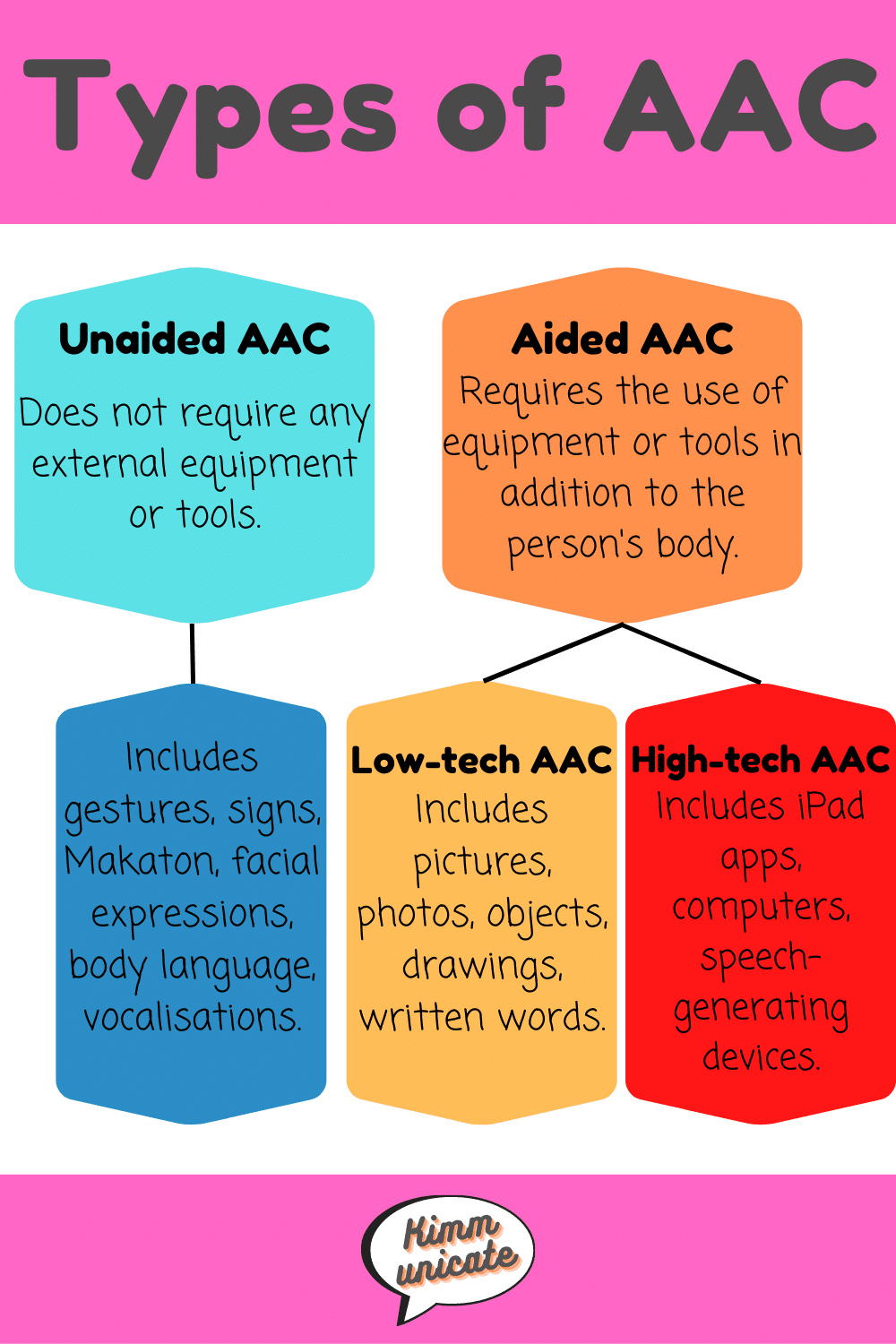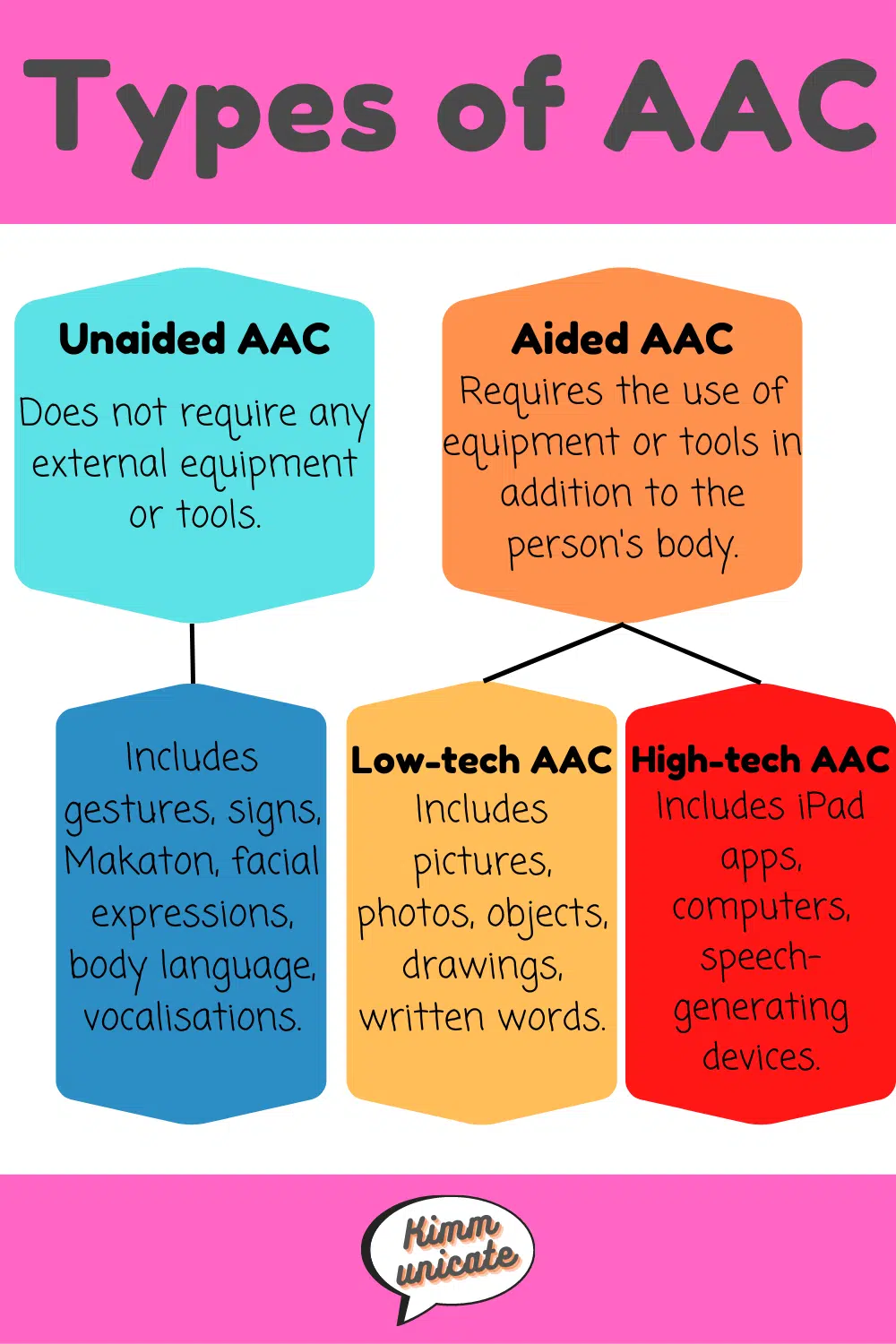Selective Mutism is characterized by specific symptoms that manifest in individuals, primarily children, who experience difficulty speaking in certain situations or around particular people. The symptoms of this condition can vary but generally include:
- Limited or no speech in specific settings (e.g., school, public places) despite being able to speak comfortably in other environments.
- Avoidance of eye contact and appearing withdrawn or anxious.
- Difficulty initiating or responding to communication attempts.
- Reluctance to participate in group activities or engage with peers.
- Tendency to communicate non-verbally, such as through gestures or nodding.
If you suspect that your child or someone you know may be experiencing selective mutism, seeking professional evaluation and intervention can help address the challenges and support their communication development.
This post was originally published on Feb. 15, 2023. It was updated on Jan. 22, 2024.















